Can Alpacas Survive in Desert Climates?
When you think of desert animals, I bet alpacas don’t immediately spring to mind. These fluffy, camel-like creatures are often associated with the cooler, mountainous regions of South America. But can they thrive in the arid, sandy landscapes we often associate with deserts?
Key Takeaways
- Alpacas, native to South American highlands, are not traditionally desert animals, but they have impressive adaptability.
- There are two types of alpacas, the Huacaya and the Suri, each having unique appearances and wool qualities.
- Alpacas are efficient grazers and possess a great deal of ecological adaptability, having protective padded feet and consuming less water.
- Their natural habitat is the harsh, cold environments of the Andean highlands in South America, not the hot, arid conditions of the desert.
- Despite their evolution in the cold Andean highlands, Alpacas might survive desert conditions due to their anatomic, dietary, and behavioral adaptations.
- While some alpacas have been found in desert environments, extensive studies are needed to fully understand alpacas’ potential for thriving outside of their traditional highland habitats.
What are Alpacas?
If you’re wondering whether alpacas are desert dwellers, it’s important to first understand what alpacas are. They’re related to the camel family but don’t picture them as mini camels with woolly coats. Alpacas are natives of South American highlands and have a distinct look with their slender bodies and soft fleece.
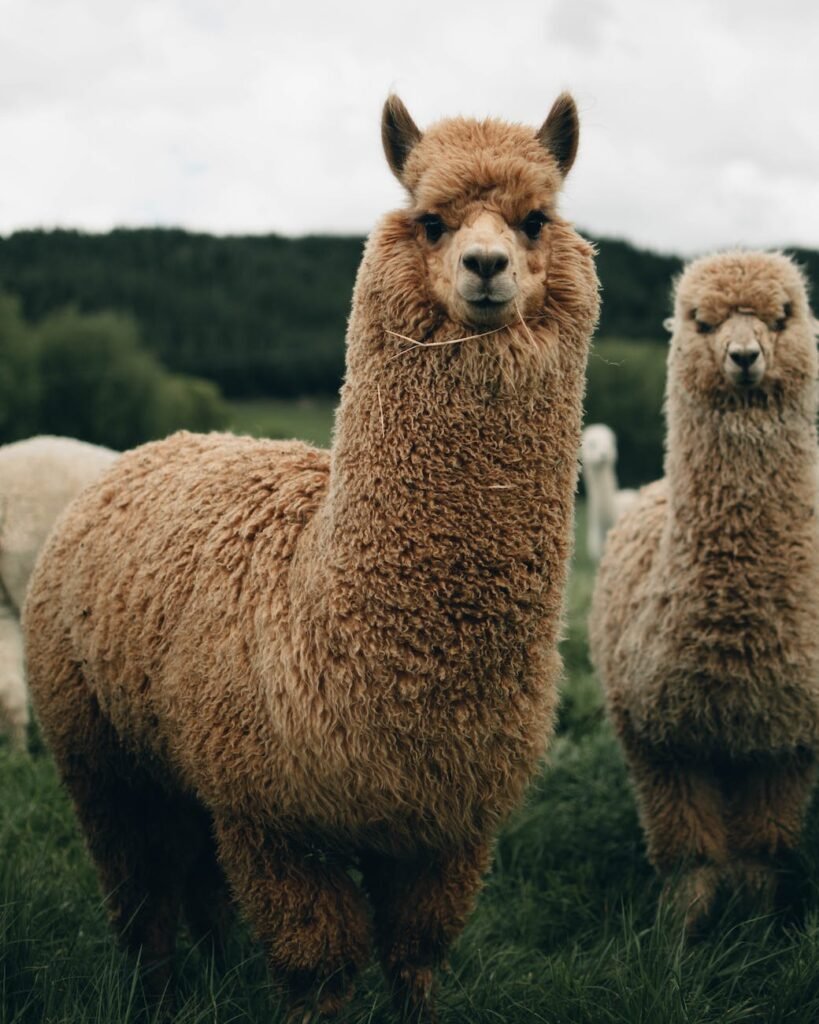
There are two types of alpacas, the Huacaya and the Suri. Huacaya alpacas have dense, crimped wool that makes them appear fluffy, almost teddy bear-like. On the other hand, Suris have long, silky fibers that hang down, giving them a more elegant look.
An interesting fact about alpacas is their reputation as eco-friendly animals. They have padded feet that minimize soil erosion, compared to hooved animals. This quality helps conserve the landscapes they inhabit. Plus, they’re efficient grazers and won’t overgraze a pasture or field.
Let’s look at some basic alpaca details in a table:
| Feature | Alpaca |
|---|---|
| Lifespan | 15 – 20 years |
| Height | 34 – 36 inches |
| Weight | 100 – 175 pounds |
| Fleece yield | 5 – 10 pounds per year |
So, with an understanding of what these creatures are, will they be able to withstand harsh desert environments? How do they react to extremely high temperatures and minuscule precipitation? Let’s proceed to explore this aspect.
Natural Habitat of Alpacas
You might be wondering where these versatile creatures come from. Alpacas’ natural habitat is not a desert, but the harsh, cold environments of the Andean highlands in South America. This vast, elevated terrain encompasses parts of Bolivia, Ecuador, and Peru. Life at 3,500 to 5,000 meters above sea level is tough, but alpacas have evolved to thrive in this challenging habitat. Notably, their thick fleece provides the perfect insulation against the harsh cold.
The Andean highlands are characterized by thin air, strong winds, and a short growing season. Most of the year, these plateaus are smothered in snow and ice. Here’s a simple breakdown of the region’s average annual statistics:
| Statistic | Value |
|---|---|
| Average Temperature | 2-8 °C (36-46 °F) |
| Average Precipitation | 500-800 mm (20-31 in) |
| Altitude | 3,500-5,000 meters (11,500-16,400 ft) |
Yet, it’s in these bleak conditions that alpacas feed on the sparse vegetation that barely clings to life. Imagine this – an area mostly devoid of luscious greenery, dotted with alpacas diligently grazing on tough grasses, this image truly captures their impressive adaptability.
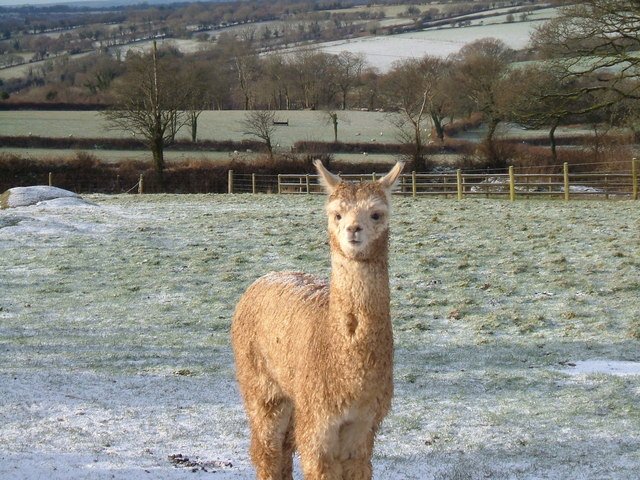
In contrast, deserts imply hot, arid conditions where water is scarce and vegetation scant. With daytime temperatures often exceeding 38°C (100°F), you’d think alpacas would wilt like a garden rose in a heatwave. And yet, instances have shown that these versatile beasts can indeed adapt to desert-like conditions. However, there’s a big difference between surviving and thriving. Could a desert truly be deemed a suitable habitat for alpacas?
To fully understand these animals’ adaptability, we need to dive deeper into how desert versus highland conditions affect alpacas’ physiology. Let’s strive to uncover more of alpacas’ remarkable story, shedding light on their true magnificence. Is the desert just another chapter waiting to unfold in their tale of survival? In the next section, we’ll examine whether these remarkable creatures are as suited to life in the desert as they are the high Andean plateaus.
Adaptations of Alpacas
One might wonder, given their origins in the chilly Andean highlands, how well-equipped are alpacas for survival in drastically different climatic conditions such as a desert? Today, I’ll delve deeper into the fascinating adaptations of alpacas that allow them to thrive in their natural habitat and, possibly, survive in unexpected ones.
Their famous fleece is a paramount adaptation. Incredibly soft and hypoallergenic, they don their fleece as a natural insulator against Andean winds. Just as this fleece keeps them warm in the chilly mountains, it also regulates body heat keeping them cool in high temperatures making it a high potential feature for desert survival.
But, adaptation is not just about enduring the elements – nourishment is just as crucial. Alpacas have unique dietary needs that allow them to survive in high altitudes with sparse vegetation. These plant-based browsers have adapted to eating sparse and tough vegetation, which might prove beneficial in the desert’s comparable conditions.
Another salient adaptation within the alpacas is their ability to conserve water. Living in the dry Andean mountain range where water is limited, these remarkable animals have developed ways to consume less water and retain more in their body, a key survival trait in any desert environment.
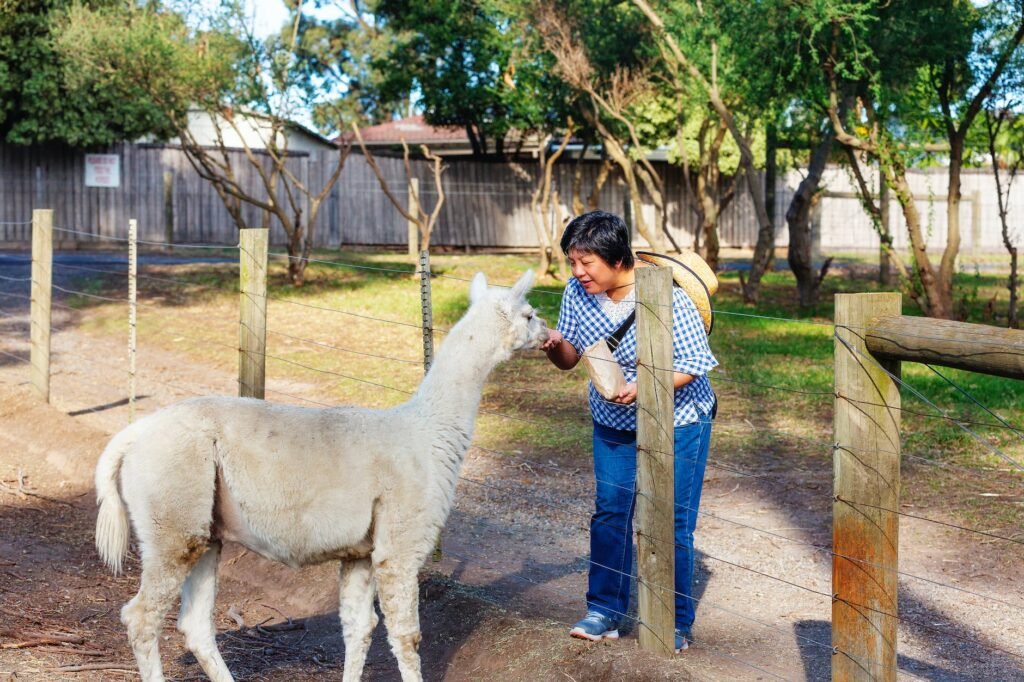
Even the behavioral adaptations among alpacas are striking. These herd animals exhibit a ‘communal dung pile’ behavior, where all animals in the herd defecate in the same area. This reduces the spread of parasites and disease, a strategy that could be especially beneficial in the harsh desert environment.
Can such adaptations allow the alpaca to handle the desert’s sweltering heat and scarce resources? While their distinct traits certainly increase their chances, extensive studies are yet needed to fully explore their adaptability outside the Andean highlands. Until then, I’m sure their survival charisma will continue to fascinate us.
Do Alpacas Live in the Desert?
While alpacas are predominantly found in the mountain ranges of the Andes, it’s not unheard of for these magnificent creatures to exist in desert environments. They’re remarkably adaptable, and this adaptability goes beyond their home turf. Let’s dive deeper into how their distinctive traits can make desert survival a possibility for alpacas.
It’s in the hardy nature of alpacas to handle tough climates. As previously discussed, their dense, double-layered fleece provides essential insulation against both cold winds and high temperatures. Such a versatile coat equips them for varying degrees of heat – as one would encounter in a desert environment.

While they’ve evolved to consume less water, alpacas’ unique ability to retain water in their bodies is an adaptation critical for survival in arid regions. This physiological trait isn’t just beneficial for the dry Andean mountain range. It could also serve them well in a desert, where water is sparse and dehydration a constant threat.
What about food? Alpacas are known to have a varied, fiber-rich diet. They browse on common desert plants and shrubs, demonstrating a remarkable dietary resilience which is beneficial in a desert ecosystem where food resources can be scarce.
Their communal dung pile habit also comes into play here. Such behavior helps prevent the spread of parasites and diseases in a shared limited space like a desert, which could prove essential in maintaining their health.
While we’ve acknowledged the traits that could make desert survival possible for alpacas, it’s important to remember that they are naturally more inclined to cooler climates, with most thriving in the elevated mountain areas of South America. Alpacas in desert environments would be outliers. However, their adaptability is an intriguing area for further study as we continue to investigate the full range and extent of alpaca adaptability.





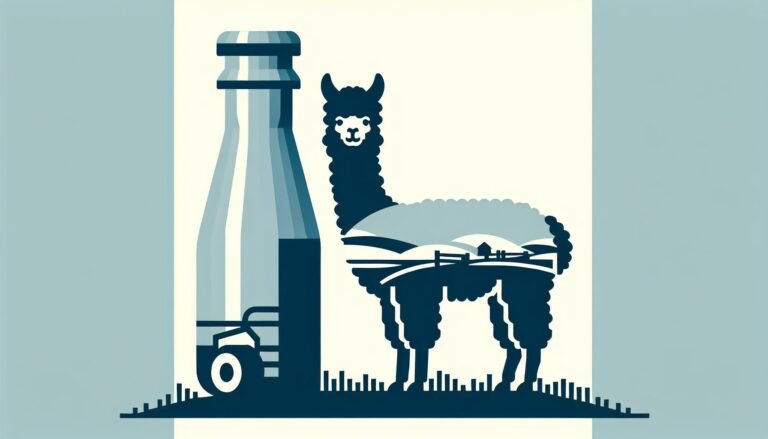
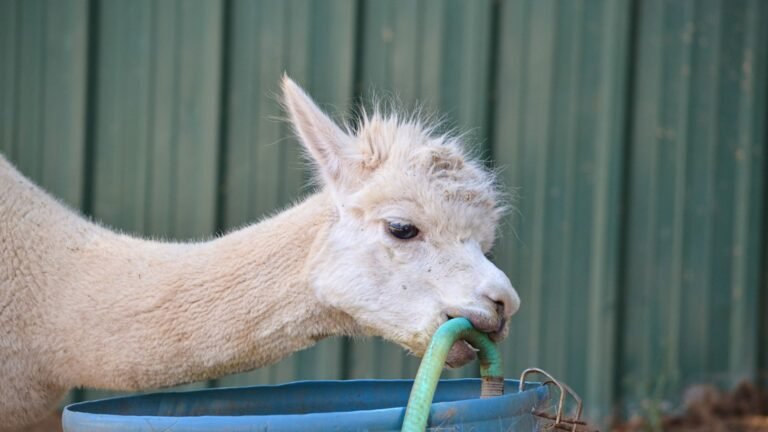

Our picks
Alpaca & Wool Felted Sole Inserts: Comfy Upgrade?
Best Alpaca Socks for Hiking: Ultimate Comfort and Durability on Trails
Best Alpaca Halter for Comfort and Control